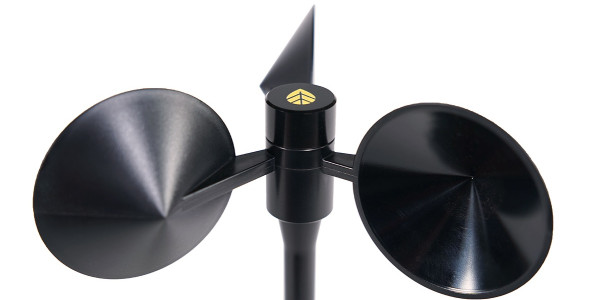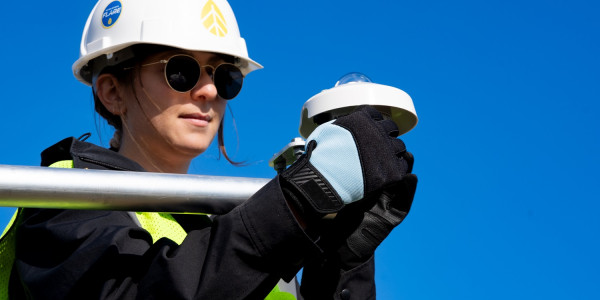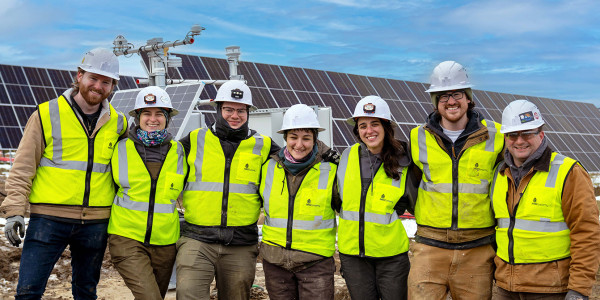June 19, 2020 | by Brittany Good | Engineering + Technology,
Utility-scale wind plants require a reference meteorological dataset for many different applications – the plants’ operators use this information to verify and monitor turbine performance and grid distributors typically have requirements for power generation forecasts. These crucial datasets are created using meteorological measurements traditionally collected using a hub-height lattice reference mast. However, as the wind industry’s adoption of Lidar technology continues to grow, Doppler Lidar has been gaining ground as a more flexible, lower-cost, and safer option for hub-height measurements.
ZX 300 Vertical Profiler.
As with all measurements on a wind plant, data quality is paramount. Because Doppler Lidar capture more measurements and measure at greater heights, they tend to provide a fuller and more accurate picture of the wind profile at a given location. For example, the ZX 300 Vertical Profiler can measure wind speed and direction up to 200m, allowing operators to measure the entire rotor-swept area of a turbine. This feat is not possible with lattice towers alone, the vast majority of which do not provide any direct measurements above turbine hub height, the region of the rotor-swept area where most energy is typically generated.
Measurement flexibility is another notable benefit of the ZX 300, which can be quickly and easily re-deployed across a project. Unlike a permanent structure such as a lattice tower, there is typically no permitting process required to deploy ZX 300. This, along with a quicker and all-around more straightforward installation protocol, drives down project costs and reduces the risk of unforeseen complications and delays.
Alex Woodward, Commercial Director of ZX Lidars, noted, “ZX 300 is designed to be plug and play. It is a grid-compliant, turbine OEM SCADA-integrated alternative to lattice towers that once installed, provides opportunities for Power Performance Testing, grid outage and warranty/insurance claims, and for production forecasting combining best-in-class wind measurements with forecast modeling. It is also a safer alternative to lattice towers, which require trained technicians to climb and maintain the health of the tower at a considerable height.”
While the wind industry may still lean towards hub-height lattice as the standard for operational forecasting measurements, there are numerous benefits to using the ZX 300 Doppler Lidar for this application. The overall measurement flexibility, accurate and reliable datasets, cost considerations, and safety advantages position the ZX 300 Doppler Lidar to be an ideal solution for operational forecasting measurements.
NRG Systems is proud to offer ZX 300 globally. Please contact sales@nrgsystems.com if you are interested in learning more about this technology and its suitability for operational forecasting measurements.





